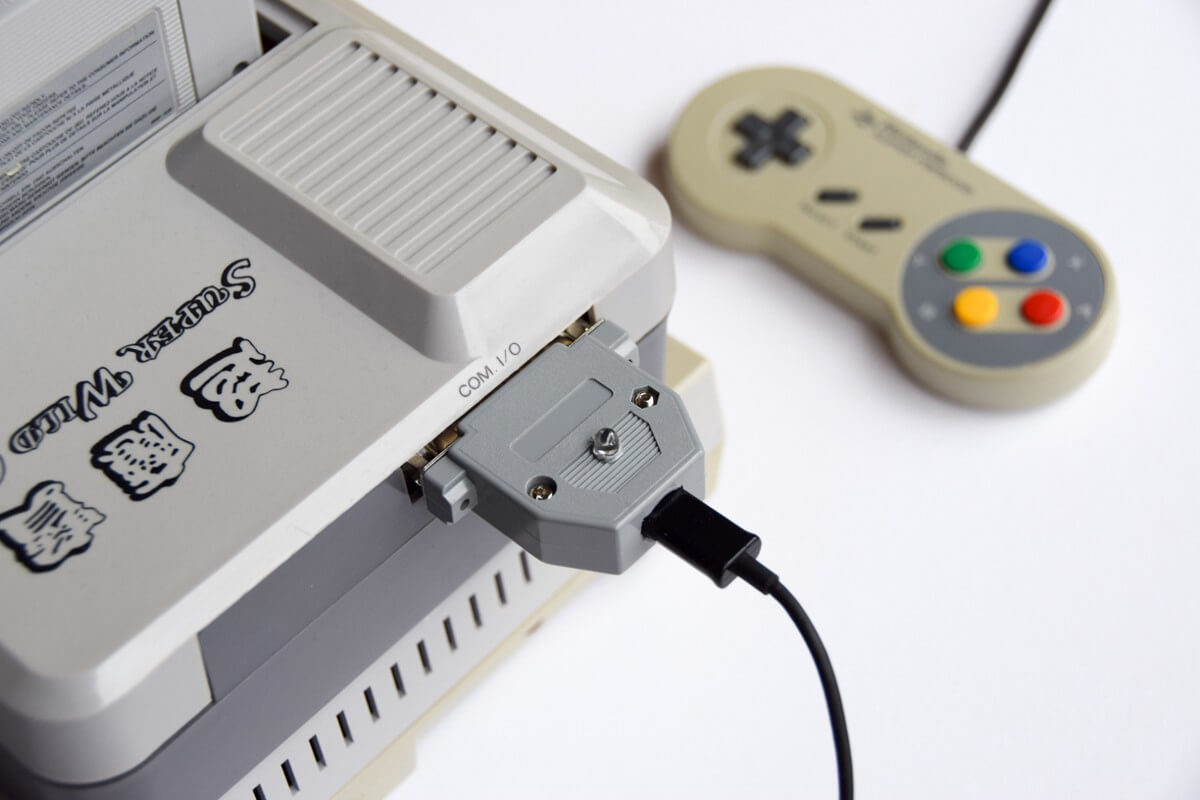Parallel ports are a mechanism of connecting printers, scanners, CD burners or even hard drives to a computer or other electronic devices.
Even though USB ports have become the more popular connecting option, parallel ports still exist, and today we’ll show you how they work.
How do Parallel Ports Work
Before becoming familiar with the mechanisms of parallel ports, let’s first introduce two names: IBM and Centronics. These two were mega-companies a long time ago -somewhere around the 1970s-. IBM was said to be the first company to introduce parallel ports into their computers in collaboration with Centronics’ printers.
It’s said that the first parallel port was introduced in 1970 as a form of wired connection to connect your computer to a printer or a scanner.
Parallel ports work by sending 8 bits of data, which are equivalent to one byte all at once in parallel form. This is different from the way in which serial ports function, where they transfer data through a single line.
What are the Uses of Parallel Ports
Currently, parallel ports are more used in the tech industry, especially in the cases where having a USB port is hard to come by.
In addition to that, parallel ports are perfect in transferring data in a short time. And as we previously mentioned, if you own an old electronic gadget, then the option of connecting through a USB port won’t be available, and you’ll only be able to use a parallel port.
Not only can parallel ports transfer data in less time, but they’re also capable of transferring large amounts of data. Due to the availability of pin connectors, where the more the pins, the more data you can transfer in a shorter interval. However, you must be wary of the pin’s frailty as they’re extremely breakable and can’t handle much pressure.
Therefore, you must be very careful when connecting to a parallel port and be as delicate as possible. Replacing the pins is almost impossible and a parallel port with broken pins will be rendered obsolete.
Are Parallel Ports Still Used
We’ve previously mentioned that the use of parallel ports has decreased due to the rise of the other serial ports like USB ports. Even though USB ports are considered the more prominent type of ports, parallel ports still have their uses in today’s world.
For instance, the only method of connecting a printer to an external electronic circuit is through a parallel port. However, only a handful of parallel port printers can be found today.
Plus, if you’re still using your old computer and haven’t bought a new one, then a parallel port will be your only available option of connecting.
Final Thoughts
To sum it all up, parallel ports still have their place in technology, even with the abundance of newer interfaces in the 21st century. Whether you need peripherals that come with parallel ports or not mainly depends on your needs.




